Muscle Soreness
Muscle Soreness is one of the most common symptoms that come with endurance running.
If you are a seasoned runner, the incidence in which you experience soreness is far less than a newbie runner.
However even a veteran runner can undergo severe soreness if they are coming back from a running break or are increasing their training load in any way.
Therefore it is important to understand as a runner everything we will talk about on this page:
- what soreness is
- the different types
- causes
- treatments
- and how to get past it
First off, what exactly is muscle soreness:
Muscle soreness is essentially skeletal muscle damage largely due to exercises that an individual has not yet adapted to. Micro-tears or strains are caused in the muscle and soreness ensues.
Unfortunately, endurance running is negatively impacted by muscle soreness.
There are two types of soreness:
Immediate and delayed onset muscle soreness commonly referred to as DOMS. As the names suggest, they differ in the timing in which they become present.
- Immediate soreness can be felt immediately after your run or even during a run.
- Delayed onset muscle soreness (DOMS) can be felt 1-2 days after a training session and can last up to 7 days later.
The Physiology of DOMS - How it develops:
1. Micro-trauma is placed on muscles and nearby connective tissues.
2. Inflammation takes place which is followed by shifts in fluids and electrolytes in the muscles and tissues as the body tries to clean up the debris from damaged muscle components
3. Muscle regeneration begins.
4. Muscle spasms can occur which enhance the situation.
5. Pain is felt. (i.e. soreness)
Causes of Sore Muscles
Duration of a Run
The longer you run, the higher the odds are that you will experience soreness as the muscles will be contracting and relaxing more often.
Intensity
Similar to duration, the underlying factor for both is that if you are training or running at a duration or intensity higher than what your body has adapted to, you will undergo damage and soreness.
Downhill Running
When you run downhill you are using eccentric (lengthening) forces in your muscles.
This lengthening increases the strain to the muscles and causes micro-damage at a much higher rate than when running on a flat or even inclined surface.
A Change in Running Form
Any alteration in form whether it is your gait, stride, arm swing, foot strike, etc. will cause the muscles to work in a way that is different than the pattern that they are accustomed to.
Don't let this be an excuse to not fix bad form though!
A couple days of soreness is much better than a high risk of injury due to poor running form.
Metabolic overload and strain
In short, calcium levels and energy depletion also affect the muscles causing damage.
Nature of the running muscles.
A runner uses the strong quadriceps and hamstrings along with the calf muscles when running.
These muscles are of a longer length and so when undergoing contraction they have the ability to impart greater stress on the muscle and sustain greater damage than in muscles of a shorter length.
Preventing Soreness
Keep walking after finishing a run, especially after a long run.
This will help those muscles from getting too tight which happens when you go from exercising the muscle to complete inactivity in the matter of a few moments.
Continue to walk and properly cool down before ending a running or training session.
Drink and eat food with high anti-oxidant content
These would include teas and fruits.
Make sure you stay hydrated!
They say that part of all muscle soreness can almost always be linked back to some level of dehydration.
Treatment of Soreness
- Nonsterodial anti-inflammatory drugs (NSAIDS). This will help to stop the inflammation of the muscle. Try ibuprofen or asprin. Be careful though in doing activities when you have taken NSAIDS as they can give you a false impression that you are fine when you really probably still need rest.
- Low Intensity Exercise. Continuing to exercise at a low intensity while experiencing soreness is very beneficial and along with NSAIDS is the best way to treat soreness. Try walking or easy cycling.
- Massage Therapy. The jury is still out on how effective massage is in reducing soreness and alleviating the symptoms. However it can help soreness depending on the time that you get the massage and the application and technique that is used. A very popular technique that gives a DIY treatment is this Muscle Massage Stick that many runners use to loosen their muscles after a run.
- Reduce volume and intensity in training. After experiencing sever pain from soreness, try to take at least 1-2 easy days following the exercise bout. This is good to remember after a long run day.
- Flavonoids. These plant metabolites contain anti-inflammatory and antioxidant components which enhances the regeneration response in the muscle. Flavonoids can be found in teas, fruits, and some juices such as tart cherry juice.
Non-effective Treatment of Soreness:
- Stretching. Research has proven again and again that stretching does not help to reduce DOMS. This doesn't mean its useless though. Continue to stretch post exercise to help keep your muscles long and lengthened, reduce injury potential and keep your flexibility and limberness.
- Ultrasound
- Cryotherapy
- Electrical Current Modalities
- Homeopathy
Related Pages
👋Sign up to receive the free printable strength exercises for runners: 👇
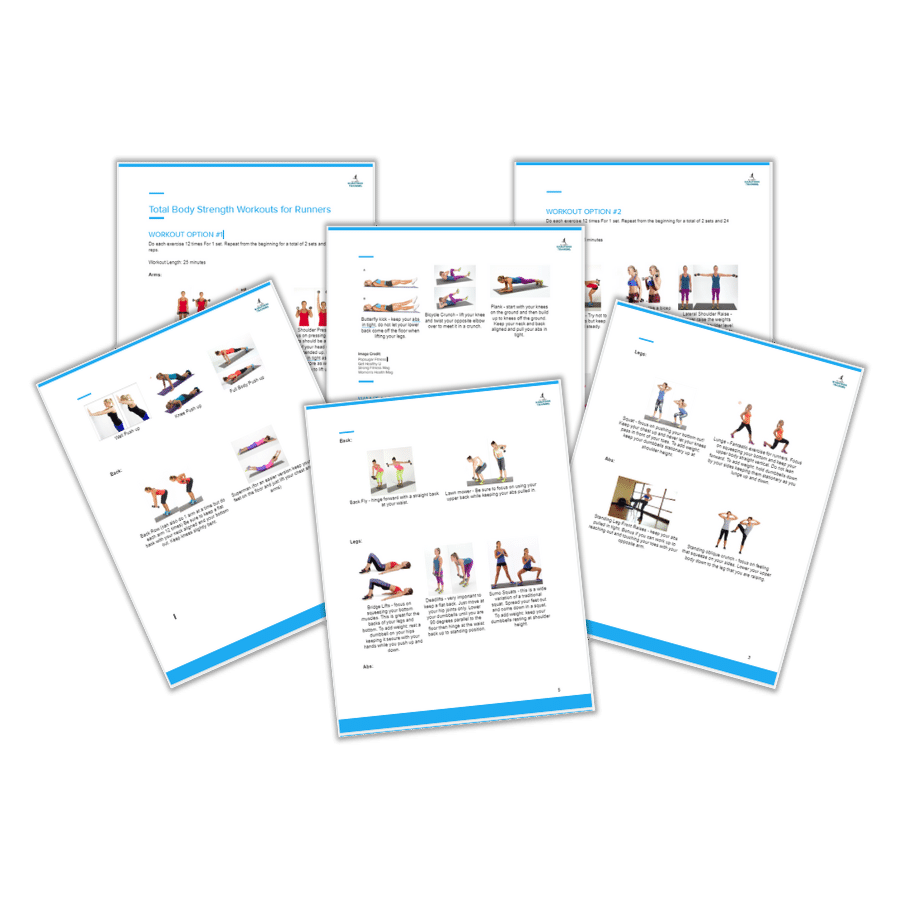 |
As featured on:

Resources:
Assumpção Cde O, Lima LC, Oliveira FB, Greco CC, Denadai BS. Exercise-induced muscle damage and running economy in humans. ScientificWorldJournal. 2013;2013:189149. doi: 10.1155/2013/189149. Epub 2013 Feb 4. Review. PubMed PMID: 23431253; PubMed Central PMCID: PMC3575608.
Lewis PB, Ruby D, Bush-Joseph CA. Muscle soreness and delayed-onset muscle soreness. Clin Sports Med. 2012 Apr;31(2):255-62. doi: 10.1016/j.csm.2011.09.009. Epub 2011 Nov 23. Review. PubMed PMID: 22341015.
Herbert RD, de Noronha M, Kamper SJ. Stretching to prevent or reduce muscle soreness after exercise. Cochrane Database Syst Rev. 2011 Jul 6;(7):CD004577. doi: 10.1002/14651858.CD004577.pub3. Review. PubMed PMID: 21735398.
Cheung K, Hume P, Maxwell L. Delayed onset muscle soreness : treatment strategies and performance factors. Sports Med. 2003;33(2):145-64. Review. PubMed PMID: 12617692.
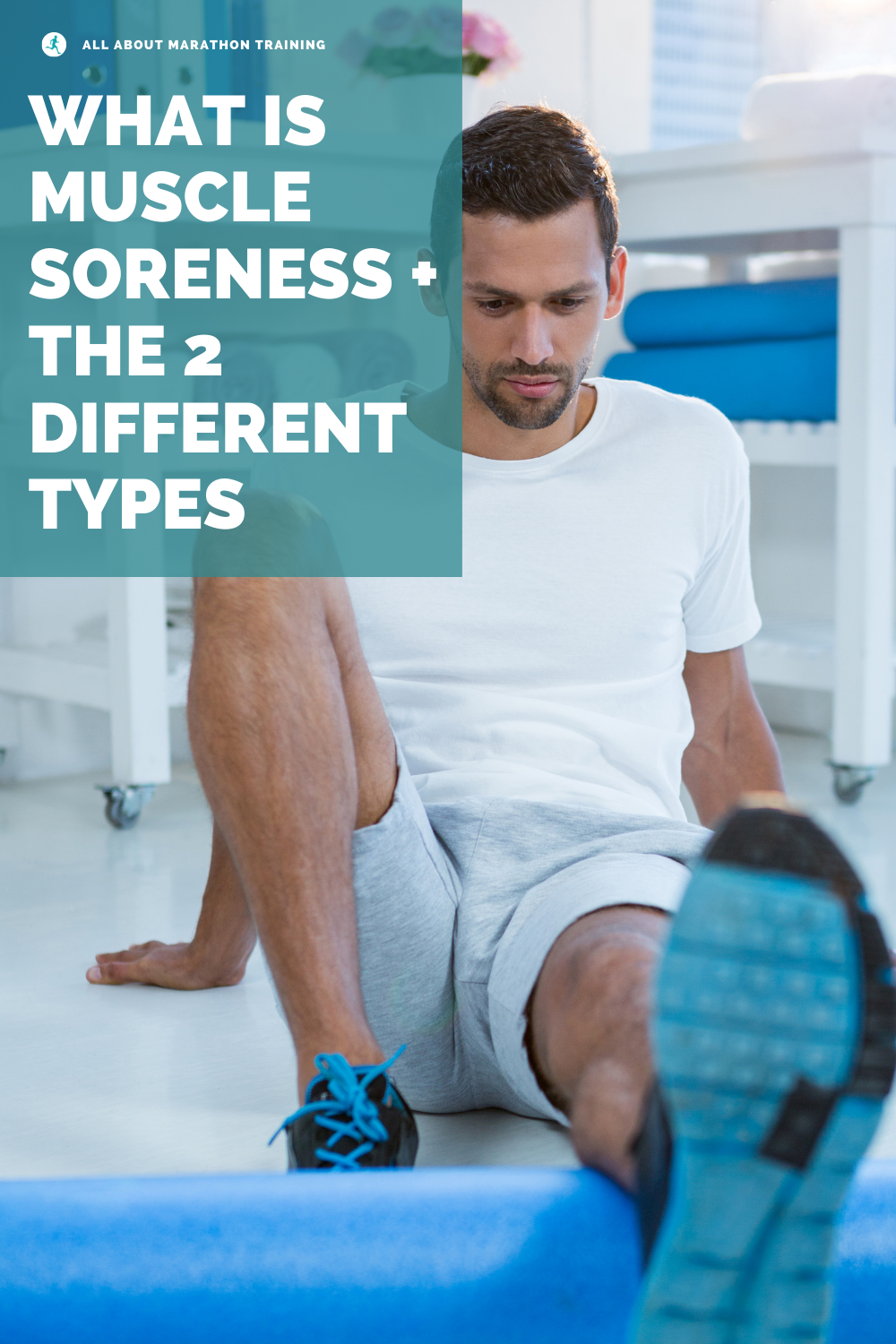
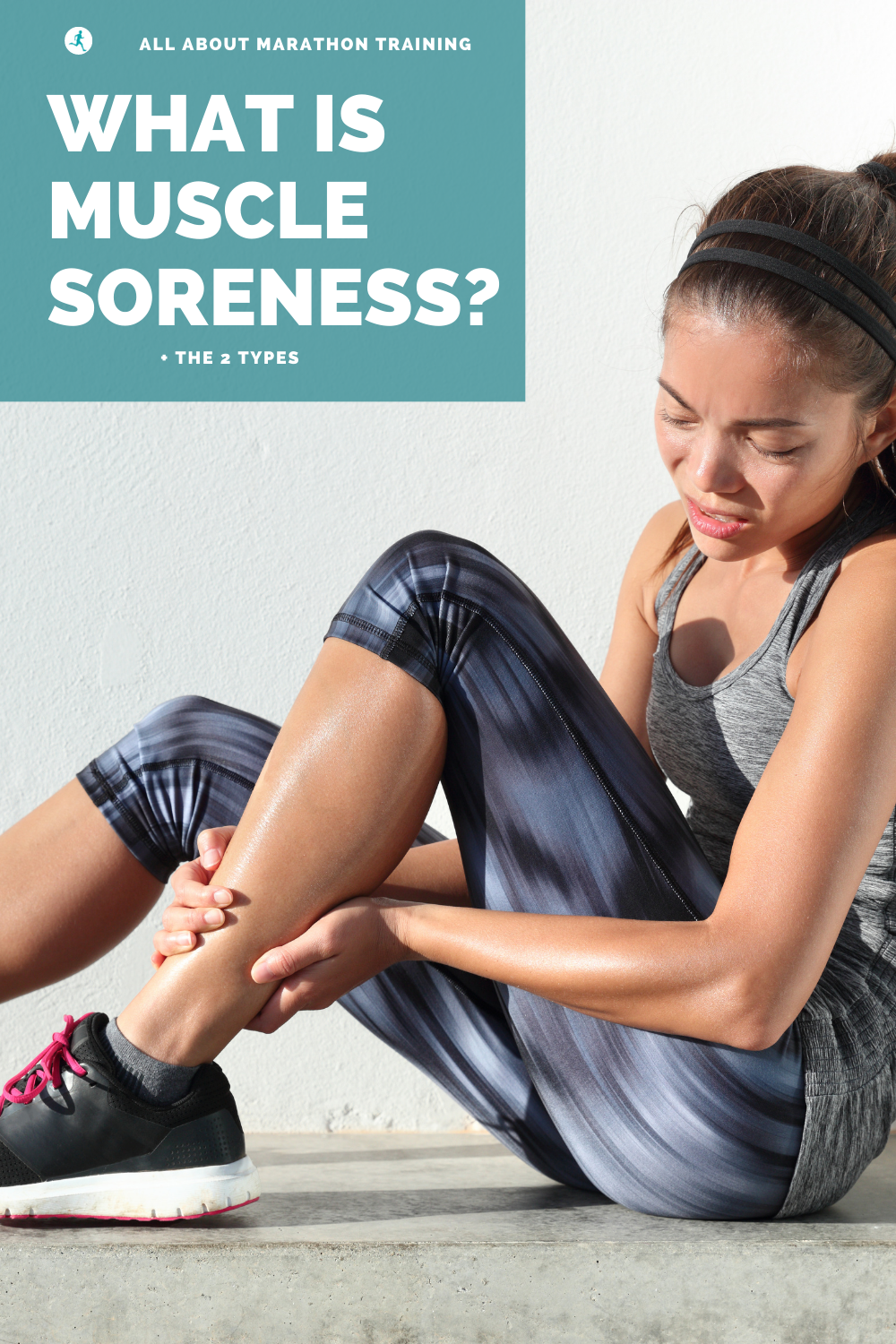
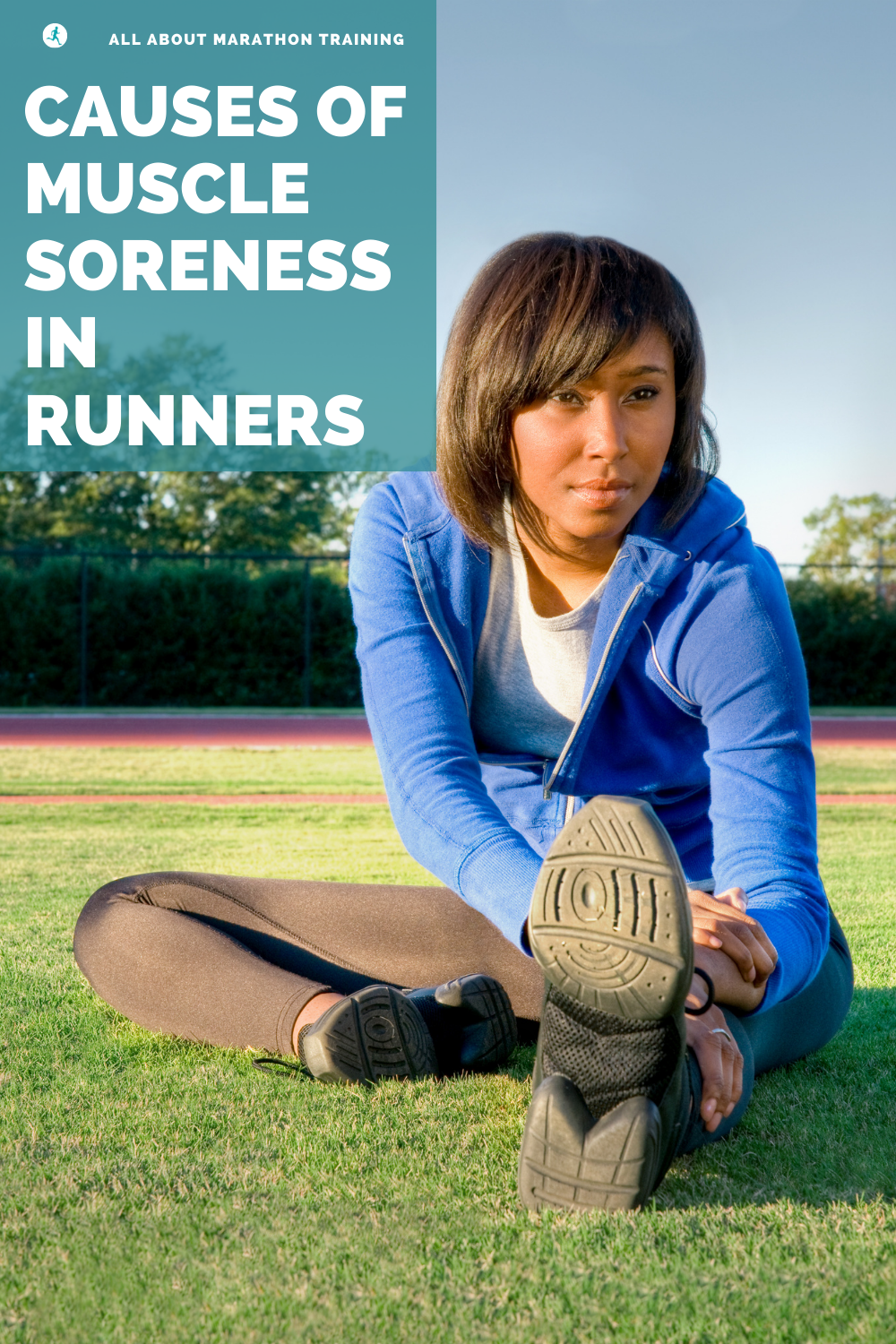
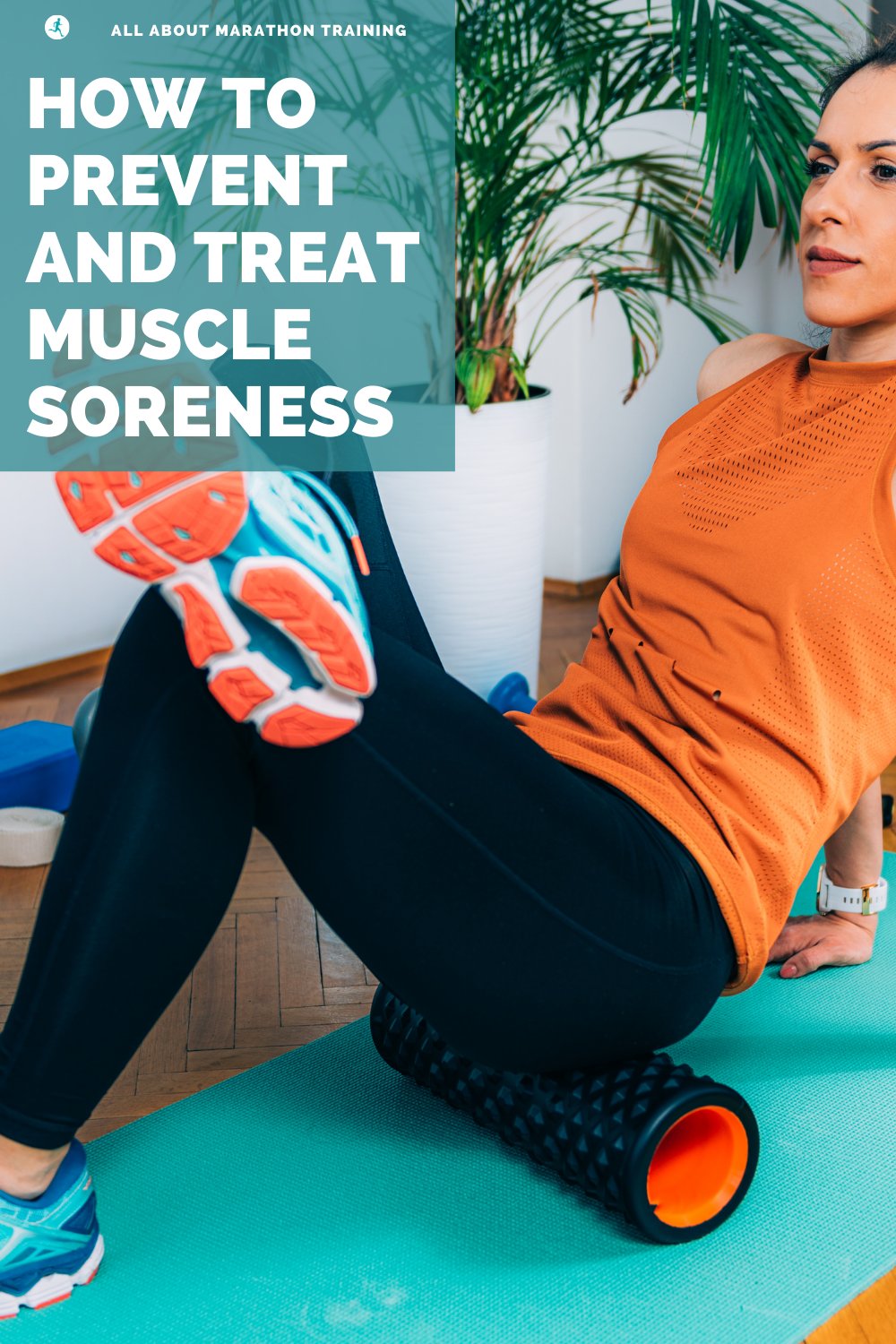
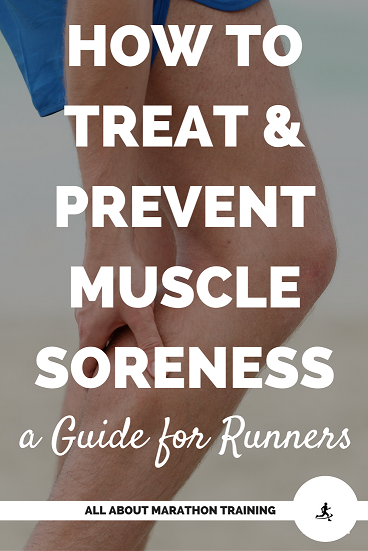
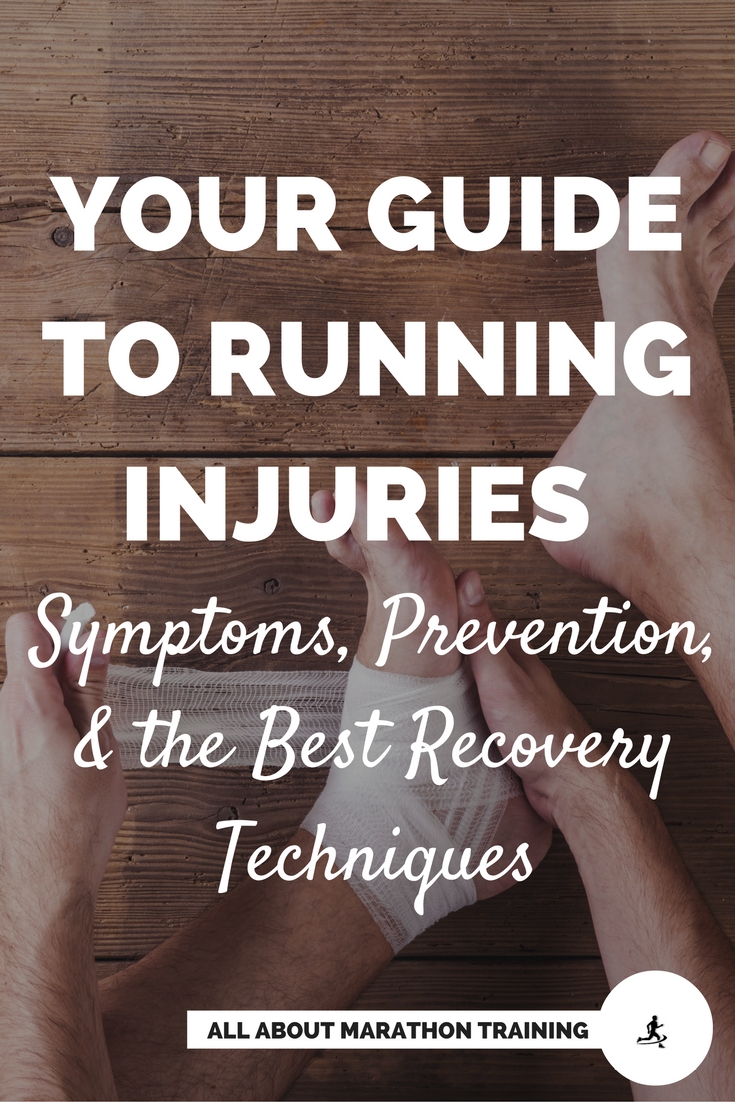
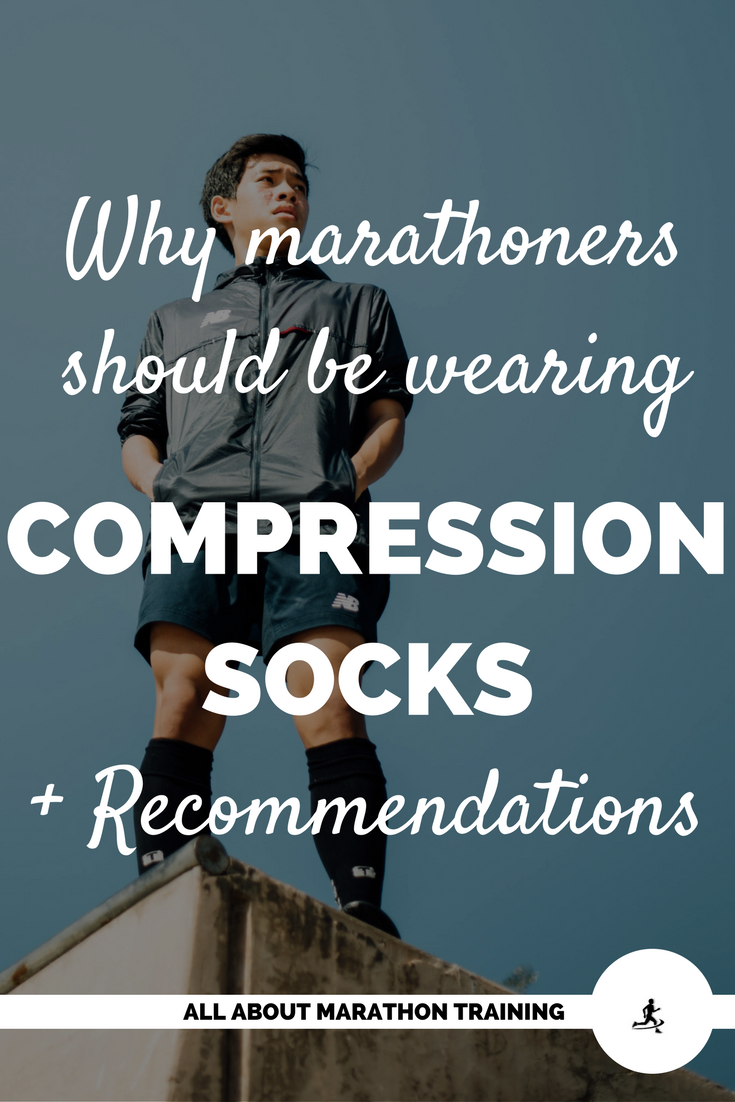
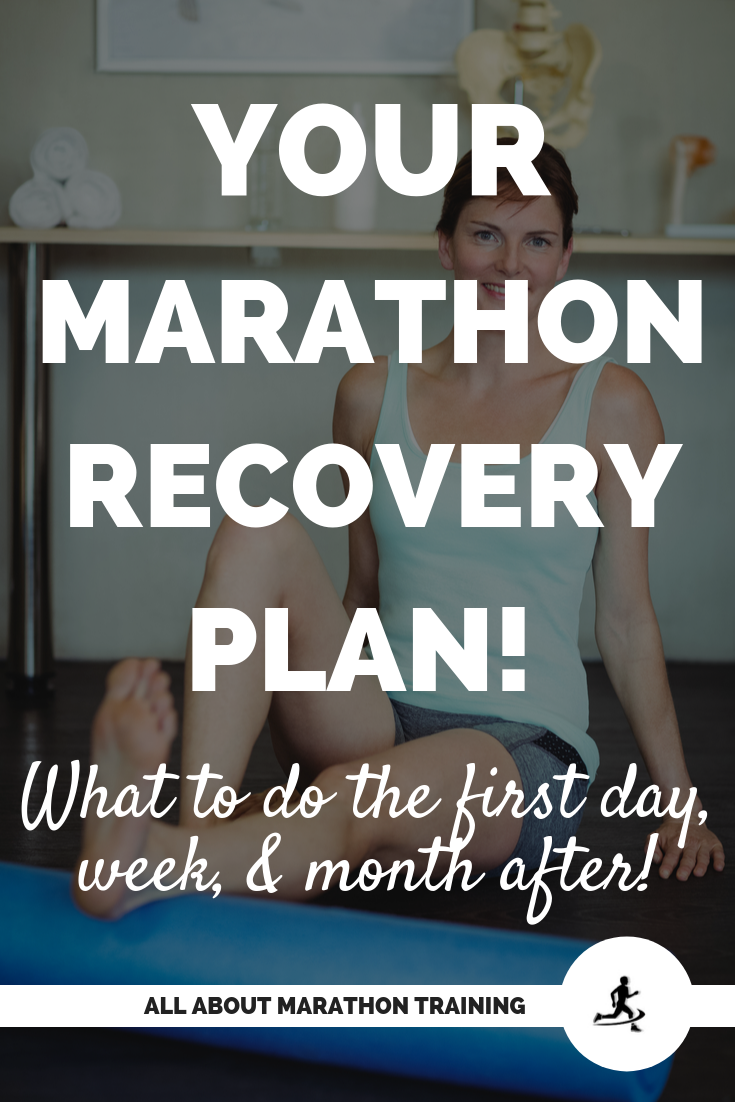
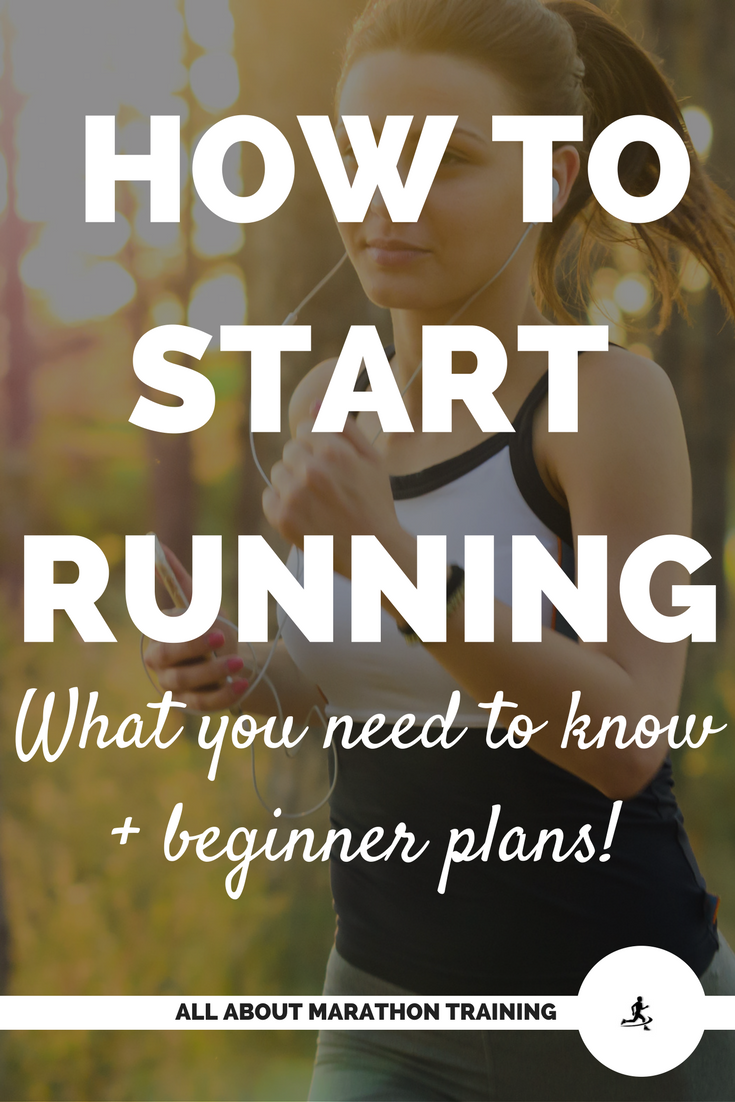

New! Comments
Have your say about what you just read! Leave me a comment in the box below.